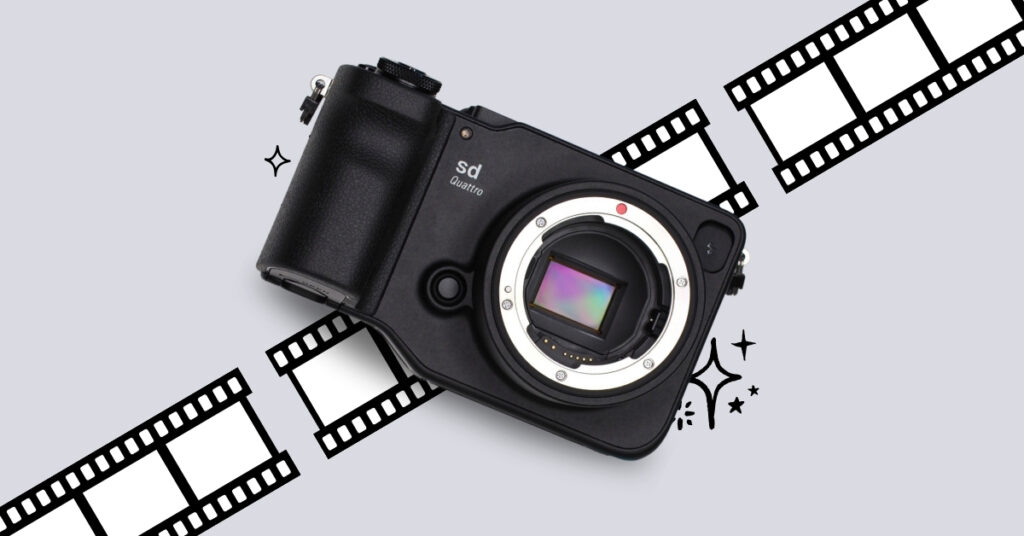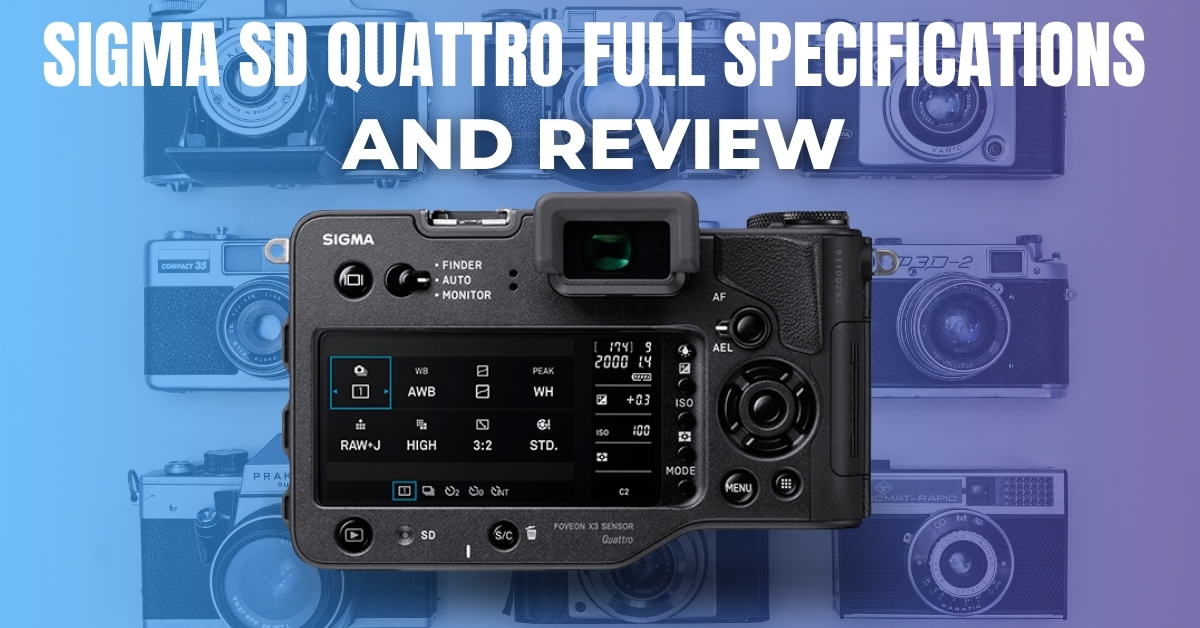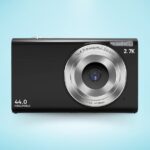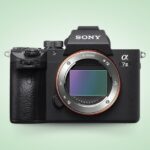Introduction Sigma SD Quattro
In the world of digital photography, the Sigma SD Quattro stands out with its distinctive design and cutting-edge technology. This mirrorless camera, known for its Foveon X3 sensor, offers image quality that challenges the best in its class. Designed for both professional photographers and serious hobbyists, the Sigma SD Quattro combines exceptional image fidelity with a robust, user-friendly experience. This comprehensive review and detailed specifications guide aims to explore what makes the Sigma SD Quattro a remarkable choice for photography enthusiasts.
Full Specifications Sigma SD Quattro
| Feature | Specification |
|---|---|
| Sensor Type | APS-C Foveon X3 Direct Image Sensor |
| Effective Pixels | 29 Megapixels |
| Image Processor | Dual TRUE III |
| Lens Mount | Sigma SA bayonet |
| ISO Sensitivity | 100-6400 |
| Shutter Speed | 1/4000 to 30 seconds |
| Continuous Shooting | Up to 3.8 fps |
| Autofocus System | Phase detection |
| Viewfinder | Electronic (2.36 million dots) |
| LCD Monitor | 3.0-inch TFT LCD, 1.62 million dots |
| Storage Media | SD/SDHC/SDXC |
| Connectivity | USB 3.0, Mini HDMI |
| Battery Life | Approx. 200 shots per charge |
| Dimensions | 147 x 95 x 91 mm |
| Weight | 625 g (without battery and memory card) |
Design and Build Quality
The Sigma SD Quattro boasts a solid, magnesium alloy body that gives it a durable and professional feel. Its unique design might be unconventional to some, but it offers an ergonomic grip and easy access to controls, making shooting comfortable for extended periods. The weather-sealed construction ensures protection against dust and splashes, enhancing its versatility in different shooting environments.
Image Quality and Performance
At the heart of the Sigma SD Quattro is the APS-C-sized Foveon X3 Direct Image Sensor, which captures light in a way that differs significantly from traditional Bayer sensors found in most cameras. This technology allows the Sigma SD Quattro to capture full-color information at each pixel site, resulting in images with outstanding resolution, color accuracy, and depth. The dual TRUE III image processing engine facilitates swift processing of these large files, maintaining high image quality without compromise.

Autofocus and Speed
While the Sigma SD Quattro autofocus system may not match the speed of some competitors, it is precise and reliable, especially in well-lit conditions. The camera offers a manual focus option that is both intuitive and accurate, thanks to the Focus Peaking feature. The continuous shooting speed of up to 3.8 fps allows photographers to capture fleeting moments, although the buffer depth may limit extensive burst shooting.
User Interface and Connectivity
The Sigma SD Quattro features a user-friendly interface, with a customizable Quick Set menu that provides easy access to frequently used settings. The 3.0-inch TFT LCD screen is bright and clear, offering excellent visibility even in direct sunlight. While connectivity options are somewhat limited, the inclusion of USB 3.0 facilitates fast data transfer, making it easier to manage large file sizes typical of the Foveon sensor.
Battery Life and Storage
Battery life is an area where the Sigma SD Quattro could see improvement, as it offers approximately 200 shots per charge. However, for extended shooting sessions, carrying spare batteries is a practical solution. The camera supports SD, SDHC, and SDXC memory cards, providing flexible storage options to accommodate the large file sizes produced by the high-resolution sensor.
In summary
The Sigma SD Quattro is a camera that appeals to those who prioritize image quality and color accuracy above all. Its unique Foveon sensor, robust build, and thoughtful design make it a compelling choice for photographers looking for an alternative to traditional mirrorless systems. While it may have its limitations, such as autofocus speed and battery life, its strengths in image fidelity and build quality more than compensate. For photographers willing to explore its potential, the Sigma SD Quattro offers a rewarding shooting experience that stands out in the crowded camera market.
How to buy Sigma SD Quattro
The Sigma SD Quattro features an APS-C Foveon X3 Direct Image Sensor that operates differently from traditional Bayer sensors found in most digital cameras. Instead of measuring 29 megapixels in the conventional sense, it captures images using three layers of photodiodes, with each layer capturing a different primary color (red, green, and blue) at every pixel location. This method allows for capturing the full color spectrum at each pixel, resulting in what Sigma equates to a 29-megapixel resolution for the combined output of the layered sensor. However, it’s important to note that this doesn’t translate directly to a 29-megapixel resolution in the traditional sense, as the unique sensor structure produces images with exceptional detail and color accuracy differently from a standard 29-megapixel Bayer sensor camera.
The Sigma SD Quattro uses an APS-C sized Foveon X3 sensor. The crop factor for APS-C sensors typically ranges from 1.5x to 1.7x, depending on the specific dimensions of the sensor and the manufacturer. For Sigma’s APS-C sensors, such as the one found in the SD Quattro, the crop factor is approximately 1.5x. This means that the field of view of any given lens on the SD Quattro will be equivalent to that of a lens with 1.5 times the focal length on a full-frame camera. For example, a 50mm lens on the SD Quattro would provide a field of view similar to a 75mm lens on a full-frame camera (50mm x 1.5 = 75mm).
The Sigma SD Quattro was announced in February 2016 and subsequently released to the market in July 2016. It was part of Sigma’s ambitious lineup of cameras utilizing the Foveon X3 sensor, known for capturing high-resolution images with remarkable color accuracy due to its unique layered sensor technology.
Yes, Sigma lenses are well-regarded for their excellent optical quality, build, and value. They offer a wide range of lenses that are compatible with various camera brands and are often praised for sharpness, fast apertures, and innovative features.
Whether Sigma lenses are better than Fuji lenses largely depends on personal preference, specific lens models, and the use case. Sigma offers high-quality lenses known for sharpness and build quality, compatible with various camera mounts. Fuji lenses are designed specifically for their X-series and GFX-series cameras, with excellent optics and performance. Both brands have strengths: Sigma’s versatility and compatibility across brands, and Fuji’s exceptional integration with its own camera systems. Preference often comes down to the camera system you’re using and your specific photographic needs.
Fuji lenses, particularly those in the Fujifilm X and GFX series, are often perceived as expensive due to their high-quality construction, superior optics, and advanced technology. These lenses are designed to deliver exceptional image quality, with many featuring fast apertures, weather resistance, and optical stabilization. The cost reflects the investment in research, development, and the use of premium materials to meet the demands of professional photographers and enthusiasts seeking top-tier performance.
Sigma produces both full-frame and crop sensor cameras, offering a variety of options for different types of photographers and needs.
For instance, the Sigma fp series, including the Sigma fp and Sigma fp L, features full-frame sensors. These cameras are known for their compact size and versatility, appealing to both still photographers and videographers.
On the other hand, cameras like the Sigma SD Quattro and Sigma SD Quattro H are equipped with Foveon X3 sensors but differ in sensor size. The Sigma SD Quattro uses an APS-C sized sensor, making it a crop sensor camera with a crop factor of approximately 1.5x. Meanwhile, the Sigma SD Quattro H has a larger APS-H size sensor, which is still smaller than full-frame but larger than APS-C, offering a different balance of benefits between full-frame and APS-C sensors.
Thus, Sigma’s lineup includes both full-frame and crop sensor options, catering to a wide range of photographic styles and preferences.
Yes, some Sigma cameras, especially the Sigma fp series, are well-regarded for video due to their full-frame sensors, compact size, and support for high-quality video formats, making them a good choice for videographers looking for a versatile and portable camera system.










